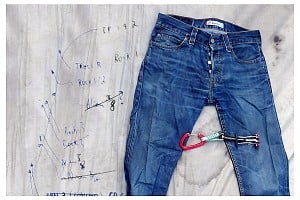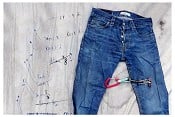In reply to TerryG:
It seems the the americans love all these type of discussions about various anchor systems. I did wonder when it would cross the atlantic.
A standard cordelette system (which can be set up off either a 240 sling or a custom made piece of cord) does seem to work fine. I know there is the argument that it doesn't equalise all the pieces well, but at the end of the day it's not going to extend very much at all, and with 3 pieces you've alot of redundancy built in. It's also quite quick and simple to set up, clip each piece, drag all the lines together and tie it in one bit knot with a overhand (or fig 8 / 9, if you need more slack taken up).
The ACR method just seems more complicated. Your trying to add in more things to your system. Yes it is better equalised, but the anchors ar not independant and it will suffer from extension if a piece blows out. All in all the whole system seems too complicated. Paul Reaplaelson seems to have just tried to re-invent the wheel a little here?
At the end of the day when you build an anchor on a cordelette style system I was always under the impression that you are confident of ALL your anchors, especially if your going to be belaying directly off them (with a guide plate etc). If there is any doubt about the anchors your using then buildit out of the rope(s), belaying off your waist and doing everything you can to try and not shock load them seems much more approiate.
these are just my thoughts









